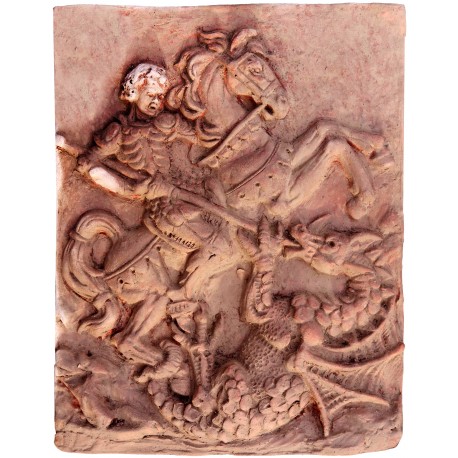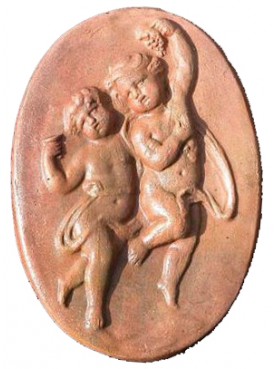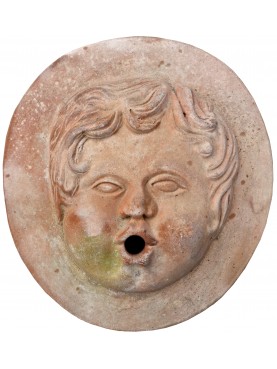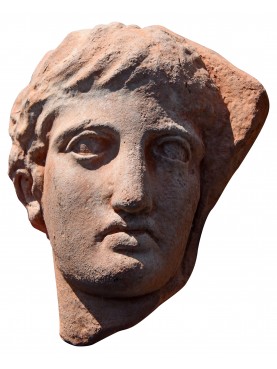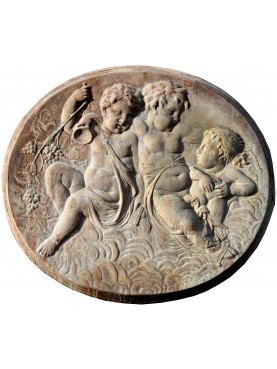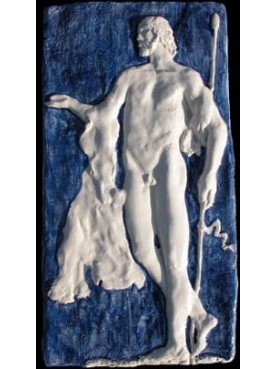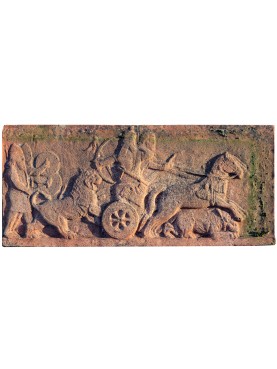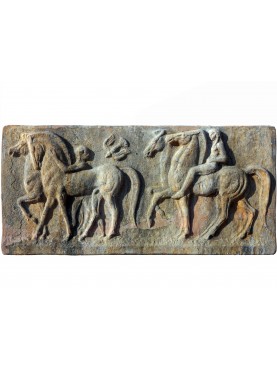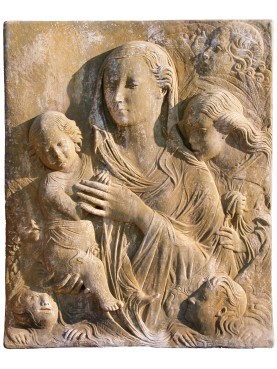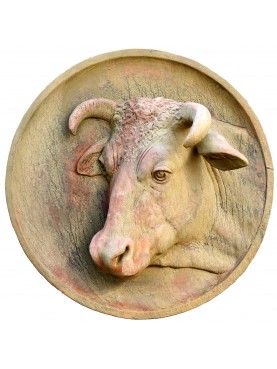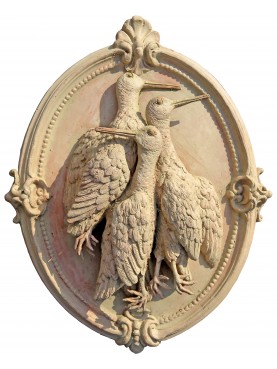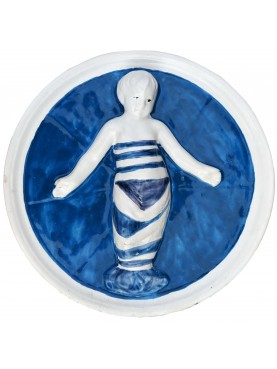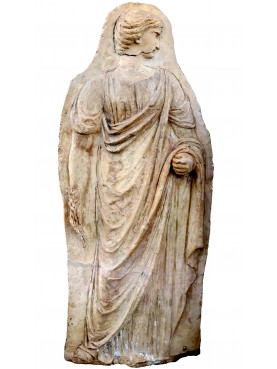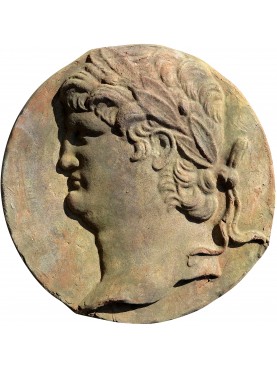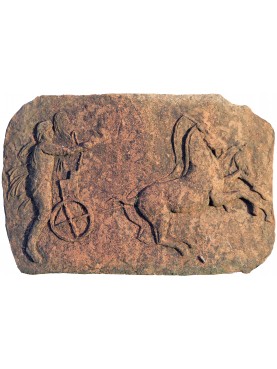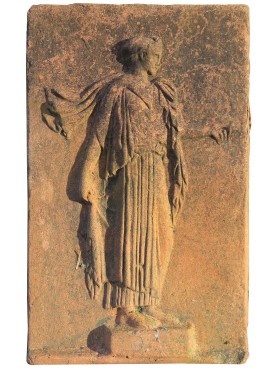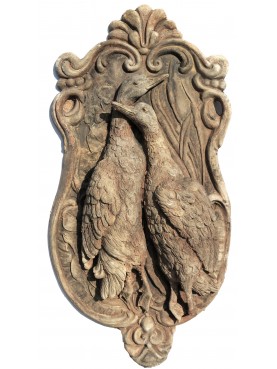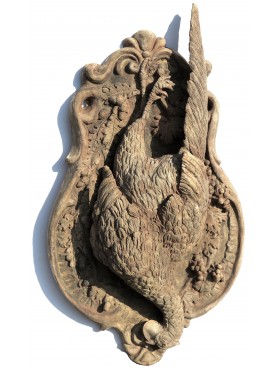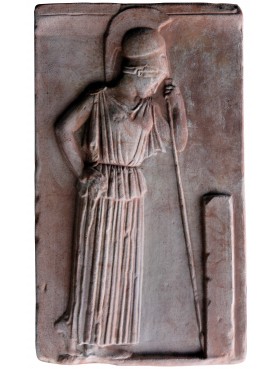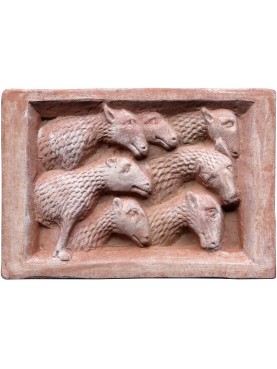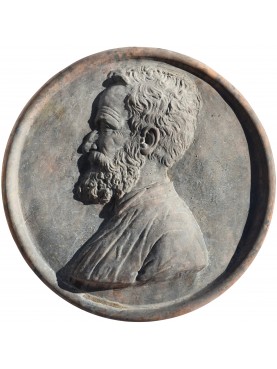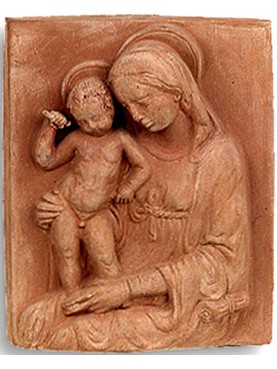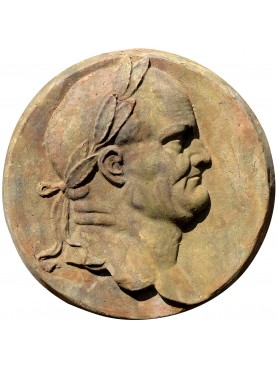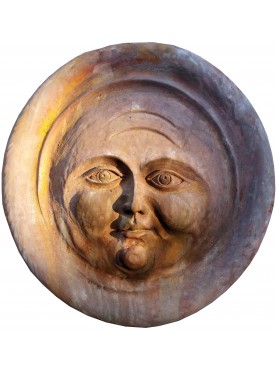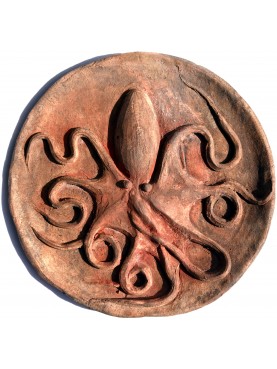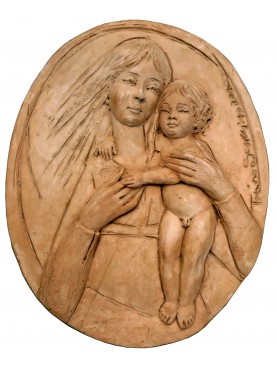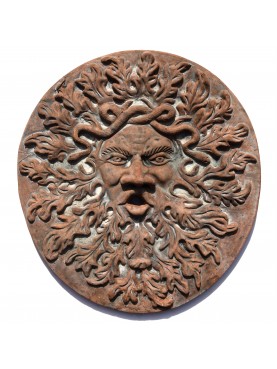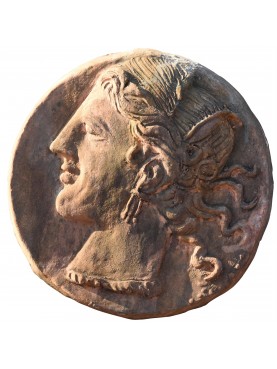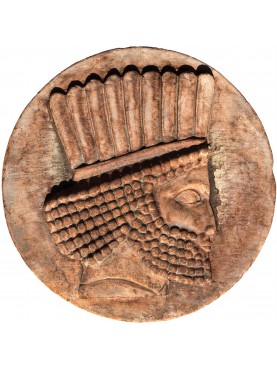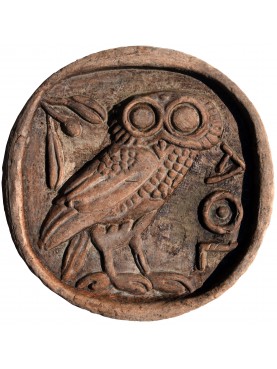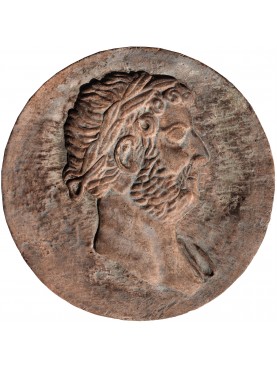San Giorgio and the dragon - terracotta mold
San Giorgio and the dragon - terracotta mold
12363
New
St. George (Cappadocia, about 275-285 - Nicomedia, 23 April 303)
1 Available
Data sheet
| Height | 12.99 in | 33 cm |
| Width | 10.24 in | 26 cm |
| Thickness | 1.57 in | 4 cm |
| Weight | 8.82 lbs | 4 Kg |
| Manufacturing | Toscana Made in Italy | |
| Material | Terracotta | |
| Note 01 | Hand made in Italy - Tuscany |
More info
St. George (Cappadocia, about 275-285 - Nicomedia, April 23, 303) was, according to a consolidated and widespread tradition, a Christian martyr, revered as a megalomartyr saint by almost all Christian Churches that admit the cult of saints.
He died before Constantine I, probably under the walls of Nicomedia, according to some sources in 303. The cult of him is very widespread and is very ancient, dating back to at least the fourth century. He also occupies a place in Islamic hagiography, which gives him the honorable title of Prophet.
In the absence of certain biographical information on St. George, the main information comes from the Passio sancti Georgii, which, however, the Decretum Gelasianum of 496 already classified among the apocryphal works. According to this source, George was originally from Cappadocia (region of modern Turkey), son of Gerontius, Persian, and Polychromia, Cappadocian, born around the year 280. His parents educated him to the Christian religion. Moving to Palestine, he enlisted in the army of Emperor Diocletian, behaving like a brave soldier, to the point of becoming part of the bodyguard of Diocletian himself, becoming an officer of the militias and perhaps his successor.
The martyrdom would have occurred under Diocletian himself (who however in many versions is replaced by Daciano, emperor of the Persians), who would have summoned seventy-two kings to decide what measures to take against Christians to exterminate them.
Giorgio gave all his possessions to the poor and, before the court, he confessed himself a Christian; at the invitation of the emperor to sacrifice to the gods, he refused: according to legend, he was beaten, suspended, torn and thrown in prison, he had a vision of God who foretold six years of torments, three times death and three times resurrection.
Cut in two with a wheel full of nails and swords, George resurrected, converting the magister militum Anatolius with all his soldiers, who were killed with the edge of the sword; he entered a pagan temple and with a breath he knocked down the stone idols; he converted the empress Alexandra, who was martyred.
At the request of King Tranquillino, George resurrected two people who had died for four hundred and sixty years, baptized them and made them disappear. The emperor Diocletian again sentenced him to death and the saint, before being beheaded, implored God that the emperor and the seventy-two kings be incinerated; after his prayer, George allowed himself to be beheaded, promising protection to those who had honored his relics, which are kept in a crypt under the Christian church (of the Greek-Orthodox rite) in Lidda, Israel.

